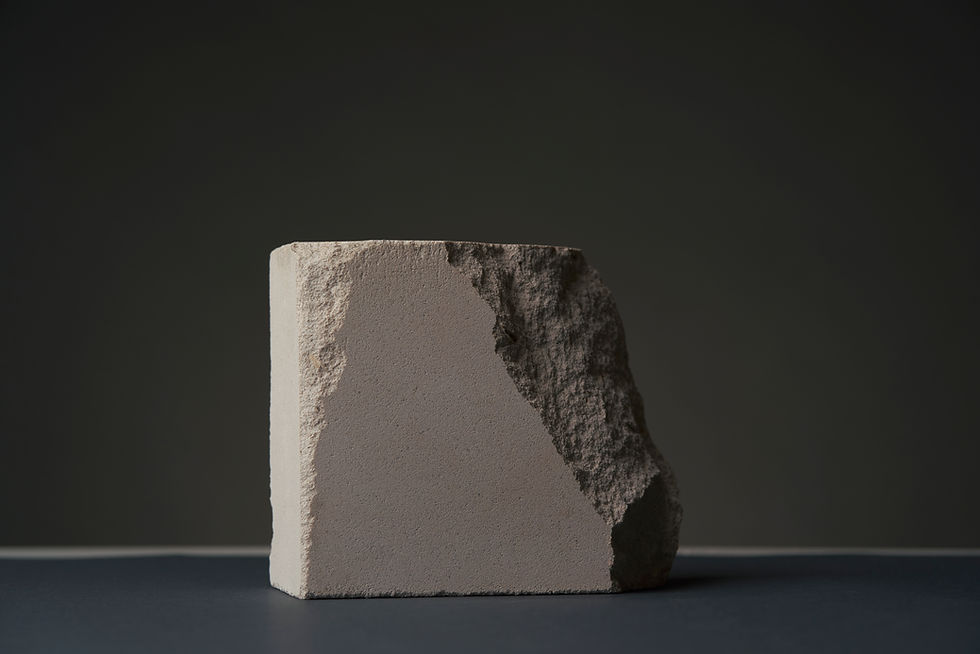Why Retaining Walls Are Essential for Your Landscaping Projects
- Pooya Saeedirad

- Dec 16, 2024
- 2 min read
Retaining walls are a vital component of any well-designed landscape, offering both structural support and aesthetic enhancement. These versatile structures help manage uneven terrain, prevent soil erosion, and create visually appealing outdoor spaces. Whether you’re building a residential garden or a large-scale commercial project, retaining walls play a crucial role in maintaining stability and functionality.
One of the primary purposes of retaining walls is to address soil erosion and slope management. In sloped landscapes, gravity and weather conditions can cause soil to shift, posing a risk to both the environment and surrounding structures. Retaining walls provide the necessary support to hold soil in place, preventing washouts and ensuring a stable foundation for plants, pathways, and nearby buildings.
Beyond their practical applications, retaining walls also offer aesthetic value. With a variety of materials and finishes available, these walls can be customized to complement the overall design of your landscape. Concrete retaining walls, for instance, can be textured or stamped to mimic natural stone, creating a cohesive and polished look. They can also be used to create tiered gardens, adding depth and dimension to your outdoor space while maximizing usable areas.
Retaining walls are also essential for water management. By controlling the flow of water, these walls reduce the risk of flooding and waterlogging in your yard. Properly designed retaining walls can include drainage solutions, such as weep holes or gravel backfill, to channel excess water away from your property. This not only protects your landscape but also prevents costly damage to nearby structures.
Investing in retaining walls is a smart choice for anyone looking to enhance the functionality and beauty of their outdoor spaces. With the right design and materials, these structures provide long-term stability, improve property value, and create an inviting environment for both residential and commercial settings.



Comments